18+ Sample User Research Report
-
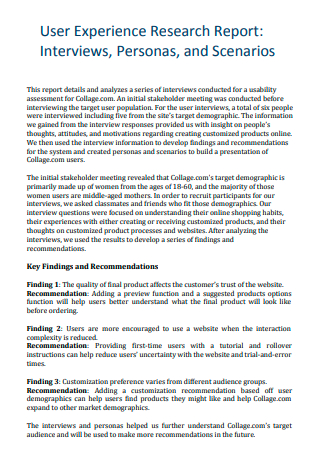
User Experience Research Report
download now -
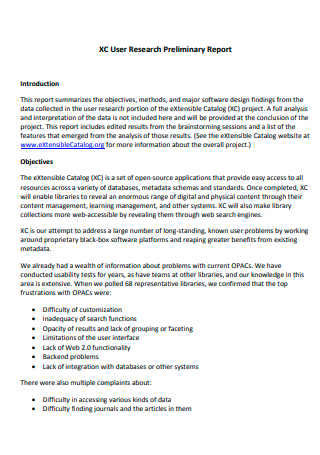
User Research Preliminary Report
download now -
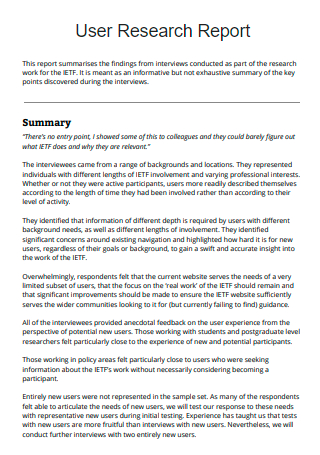
Basic User Research Report
download now -
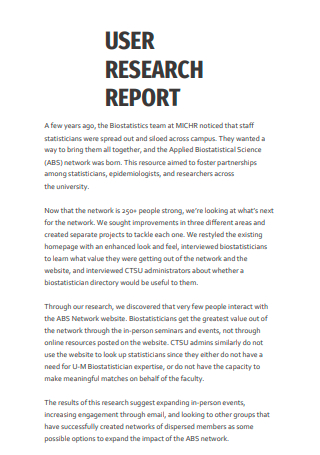
User Research Report Example
download now -
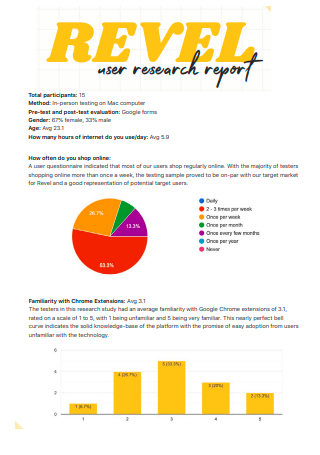
Printable User Research Report
download now -
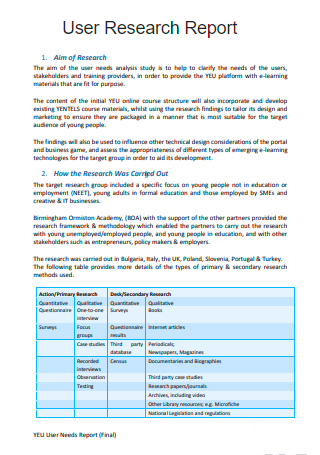
User Research Final Report
download now -
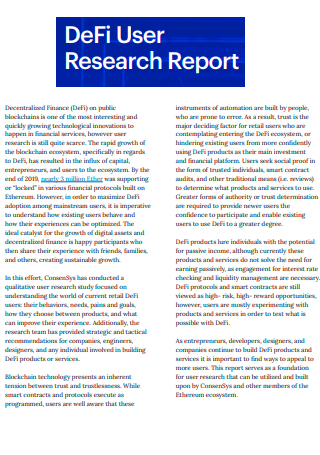
User Research Report in PDF
download now -
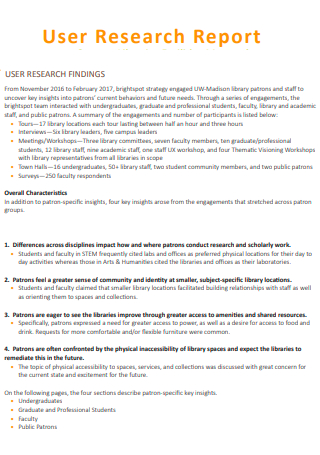
Standard User Research Report
download now -
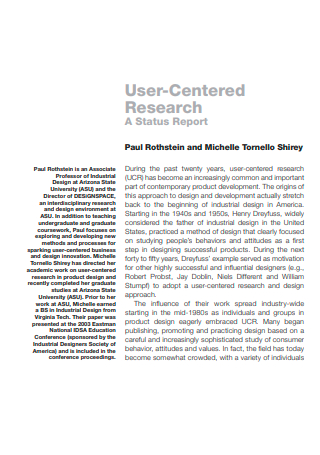
User Centered Research Status Report
download now -
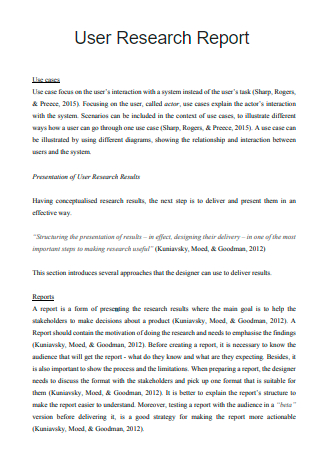
Sample User Research Report
download now -
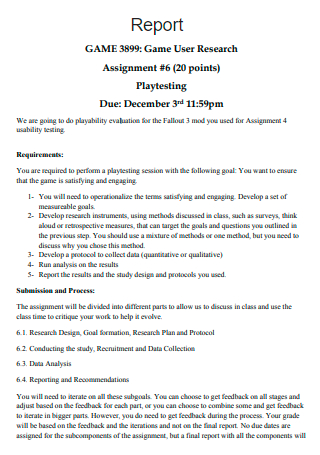
Game User Research Report
download now -
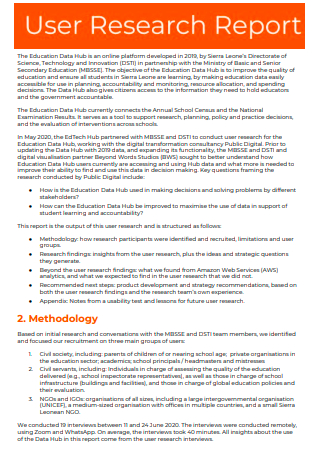
Simple User Research Report
download now -
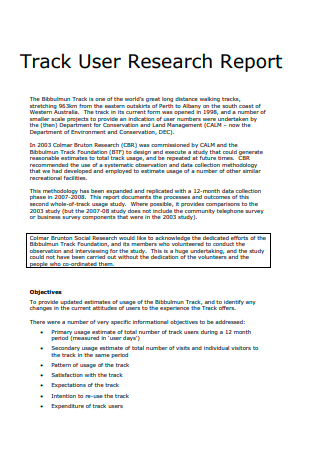
Track User Research Report
download now -
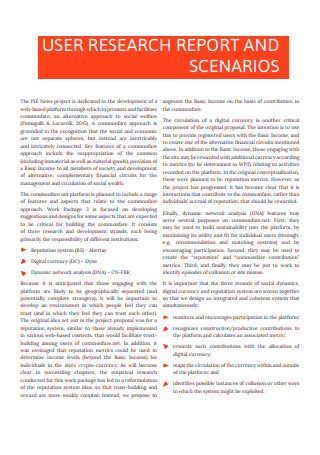
User Research Report and Scenarios
download now -
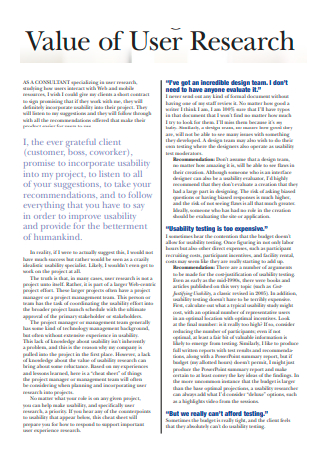
Value of User Research Report
download now -
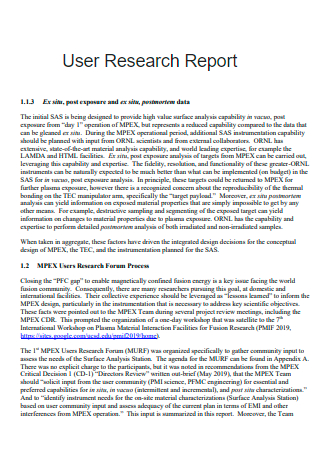
Draft User Research Report
download now -
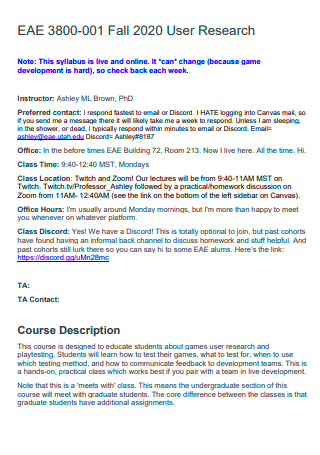
User Research Report Format
download now -
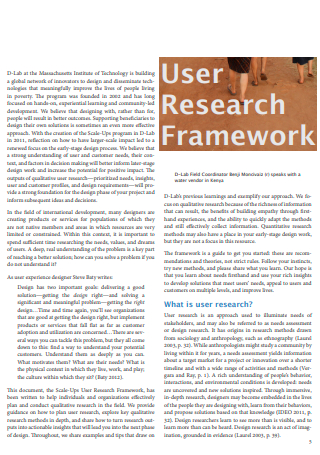
Formal User Research Report
download now -
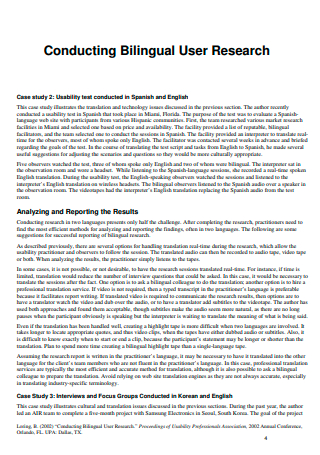
User Research Reporting Template
download now
FREE User Research Report s to Download
18+ Sample User Research Report
What is a User Research Report?
Different Types of User Research Report
Basic Elements of a User Research Report
How to Write a User Research Report
FAQs
What are some examples of user research reports?
What is the purpose of a user research report?
What should a user research report include?
How to document UX research findings?
What is a User Research Report?
A user research report is a clear and comprehensive document that demonstrates significant information about the companies and organizations’ customer behavior, motivations and needs in a particular context including who their users are, what their user’s needs are/what they are trying to do, how their user are currently trying to do things, and how their users would like to do these things. This is a beneficial tool that allows various organizations to carefully get to know their users, how they think and behave. By doing this, companies and organizations are able to design better products, brand, services and experiences, improve their existing offerings, influence users’ behavior by allowing them to do what they want to do and getting them to do what the organizations want, adapt to changing behaviors and expectations, influence the decisions of stakeholders with options and solutions based on evidence, save money by getting their offering right first time and challenge internal assumptions concerning the direction the organization should encounter.
For example, a report showed that 73% respondents say that content must display well on the device. Most of the consumers switch devices or give up on content altogether because of images that won’t load, it takes too long to load, content is too long, and/or the content has an unattractive layout or unpleasant imagery. UX design researchers and project managers should consider this aspect in order to prevent the risk of losing their audience. Thus, all types of research professionals such as executives, project leaders, market researchers, educational researchers, business researchers, medical researchers, biological science researchers, and many others should record and examine their user research process while creating a clear and systematic user research report.
Different Types of User Research Report
According to a report published by Forrester, a well-designed user interface could potentially raise the conversion rate of one’s website by up to 200% and a better UX design could yield conversion rates up to 400%. As an endlessly fascinating method to understand customer behavior, it can also be challenging to use a variety of user research methods. In this section, we will help you to increase your knowledge and research skills while learning and understanding the common types of user research reports because your technique of writing is determined by the type of user research report you will write. Read the following details below:
1. Service User Research in Health and Social Care Report
The book Involving Service User in Health and Social Care Research stated that there has been a strong and growing interest in user involvement in health and social care policy and planning since the 1980s. However, this interest has been slower to develop in health and social care research. In later years as 2000s came, there are some studies that involve service users along with co-researchers can help to focus research, ensuring that it not only remains relevant for those who deliver the service but also for those on the receiving end. Service user researchers may help by being able to prioritize topic areas as service users and health and social care providers are experts by experience. As they had worked well in health and social care services, they ensure that the research will address service users’ concerns and issues. Questionnaires, interview schedules, consent or information leaflets are utilized as research tools. Additionally, service user researchers are able to identify research questions in order to ensure the relevance of research. Thus, developing an effective service user research report in health and social care services is important to determine and evaluate one’s quality in providing health and social care services for the public.
2. Game User Research Report
Studies have shown that 56% of the most frequent gamers play multiplayer games. They spend an average of 7 hours playing with others online as 42% play with friends, 19% play with family, 17% play with parents and 16% play with their spouse. Additionally, 35% of multiplayer gamers prefer shooter games. Anders Drachen wrote in Games User Research that games user research is an interdisciplinary field of practice and research concerned with ensuring the optimal quality of usability and user experience in video games. This type of user research involves any aspect of a video game that players interface with, directly or indirectly ranging from controls, menus, audio, and artwork to the underlying game systems, infrastructure, plus branding, customer support and many others. The concern here lies in any aspect of a video game that influences the user’s experience and perception of that game. The role of game user research in contemporary game development is supporting, providing evidence to act on, troubleshooting, checking and inspiring. It is a unique field that helps game user researchers and game developers to figure out if the experience they aspire to give the players are what they are indeed delivering because game user research aims on the players and their experience playing games. Delivering evidence of what players experience in a game project and uses methods from many research field such as human-computer interaction, human factors, psychology, design, graphics, marketing, media studies, computer science, analytics and other disciplines are executed to assess all aspects of user experience in a game. To be successful, user researchers in games need a comprehensive and interdisciplinary skills set. Creating a comprehensive game user research report is beneficial in collecting crucial information concerning the behavior, perception and attitude of gamers.
3. Mobile Application User Research Report
A mobile app UX research study has shown that 63% of the respondents who have the mobile app installed on their mobile devices are more likely to use the mobile app to make purchases, rather than the website. Only 75% of users have installed the app for their top e-commerce site. Thus, this percentage drops to 47% when considering all of the users of a website, not only those who have installed the mobile app. It clearly demonstrates that the mobile app utilization rate across all website users is fully dependent on the degree to which one’s website and brand is so essential that one can be among their website visitor’s top-5 sites to shop at. Conducting user research for mobile app users is beneficial in many aspects like in education. For example, the usage times and spaces/locations of mobile apps and mobile devices of university students are mostly out of school times and at locations where wireless connection is available as they don’t want to consume their mobile network due to high costs. University students view simplicity and fluency as the prerequisites for a mobile application in order to be utilized for a long period of time. Preparing a well-detailed mobile application user research report is fundamental to analyze mobile app usage frequencies and the habits and behaviors of mobile app customers while using certain mobile apps and devices, helping in enhancing the overall quality and mobility of mobile apps.
4. Social Media User Research Report
According to a report, 56.8% of the world’s population is active on social media when looking at eligible audiences aged 13+ years, rising to 82% in North America. Also, out of 4.8 billion internet users, 93.33% are active users. Social media user research is a significant part of society as interactions and engagement on social media are often connected or even result from events taking place outside of it. Social media provides new avenues for researchers across multiple disciplines such as health sciences, sociology, and political science to gather rich, vast and networked data, recruit diverse groups of participants and conduct complex analyses. By using social media data, researchers are able to look inward to grapple with its inherent challenges concerning social media users and their whereabouts. A social media user research report is beneficial in collecting social media data and analyzing social media user behavior and perceptions about a specific issue.
Basic Elements of a User Research Report
In this section, you will learn how to construct a remarkably written and well-detailed user research report. However, a primary research report has different features. Include the following elements for you to create an impressive document:
How to Write a User Research Report
Design, User Experience, and Usability, Practice and Case Studies explained that usability and user experience are crucial factors when it comes to evaluating the status of communication between the user and a certain product or service like a computer software and examining the feelings and perceptions of the user. A user research report can effectively outline integral information concerning the behavior and perceptions of consumers. Below are some easy-to-follow tips that indicate how to design and write a professional user research report:
Step 1: State the Major Goals in the User Research
What are your major user research goals? First, you need to state the major goals in the research study that you will be performing. Define the purpose of your research or simply, know exactly the specific matter you have set out to accomplish. This is beneficial for you to monitor and evaluate your progress in your user research work.
Step 2: Make an Outline of the User Research Process
Who were the user research participants? What materials did you use? When did you gather the user data? Where did you collect the data? How did you collect the data? Make an outline of the overall user research process that you will be performing throughout your user research study. Describe how you went on collecting your primary research data. Use different types of user research methods such as usability testing, content testing, card sorting, surveys, user interviews, diary studies, information architecture validation, ethnography, contextual inquiry, A/B testing, etc. Usability testing is performed when a researcher observes users working through tasks on a product or service to identify where problems are encountered. Content testing is a specific type of usability testing that focuses on how suitable and understandable the content is for the intended audience.
Step 3: Showcase the Results of the User Research
As you showcase the results of your user research, move from the general to specific, demonstrating primary effects before interactions and the overall scores or percentages. Structure your main results of the research work in different ways such as hypothesis, independent variable, or dependent variable. Use some headings to clearly present the results of your user research study. At the concluding part of each subsection, briefly summarize your findings and provide a transition to the next subsection. So, inform your reader what you discovered in your user research.
Step 4: Proofread and Revise the Research Report
Review your overall user research report and check if you fully include all the major elements in your report. If you notice that you overlook some sections that require sufficient points, we suggest that you edit and revise the document thoroughly.
Step 5: Prepare the Final User Research Report
After the proofreading and revision process, you can now prepare the final user research report. Add some notes and other messages you want to inform the company or organization on the ending part of your document. Skim your user research report for final evaluation and quality check.
FAQs
What are some examples of user research reports?
Some examples of user research reports are service user research in health and social care report, game user research report, track user research report, social media user research report, mobile application user research report and product user research report more.
What is the purpose of a user research report?
The purpose of a user research report is to demonstrate the results of the overall user research process. It is useful in designing better products, services and experiences, improving current product or service offerings, adapting to changing behaviors and expectations, making an impact towards users, influencing users’ behavior and perceptions, influencing stakeholders’ decisions, and challenging internal assumptions about the goal and direction of the organization.
What should a user research report include?
A user research report should include a list of key insights, major goals of the user research, supporting details, recommendations and appendix, and methodology and research questions.
How to document UX research findings?
In documenting UX research findings, it is important to include clear, concise insight statements and quotes. Display headlines and provide a brief context to them by writing a sentence or two. Also, keep the format consistent and organized.
Thomas Tullis, author of Measuring the User Experience and Beyond the Usability Lab, UXR consultant and speaker said: “Usability plays a much wider role in our lives than most people realize. It’s not just about using a website, a piece of software, or the latest technology. Usability is about setting up a tent, relighting a furnace to heat a home, trying to figure out a tax form, or driving an unfamiliar rental car. Usability impacts everyone, every day. It cuts across cultures, age, gender, and economic class.” Writing a simple and effective user research report is essential in documenting fundamental information in a user research study and in providing innovative solutions when it comes to analyzing the behavior and perceptions of customers and resolving their concerns. So, here are some of our downloadable and printable user research report samples available in different kinds of formats. Simply click our sample user research reports in this article and start downloading now!
